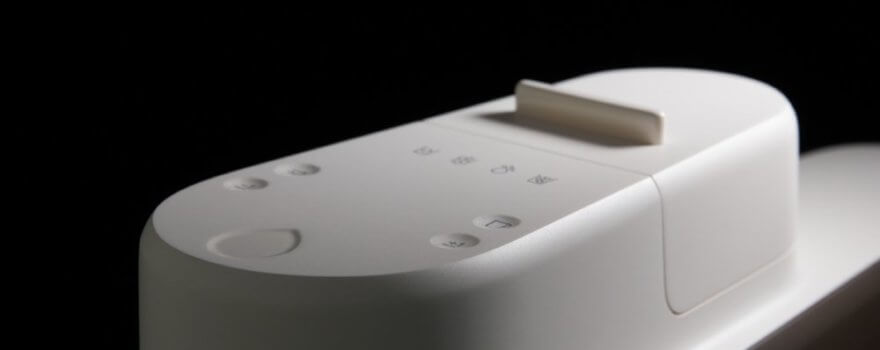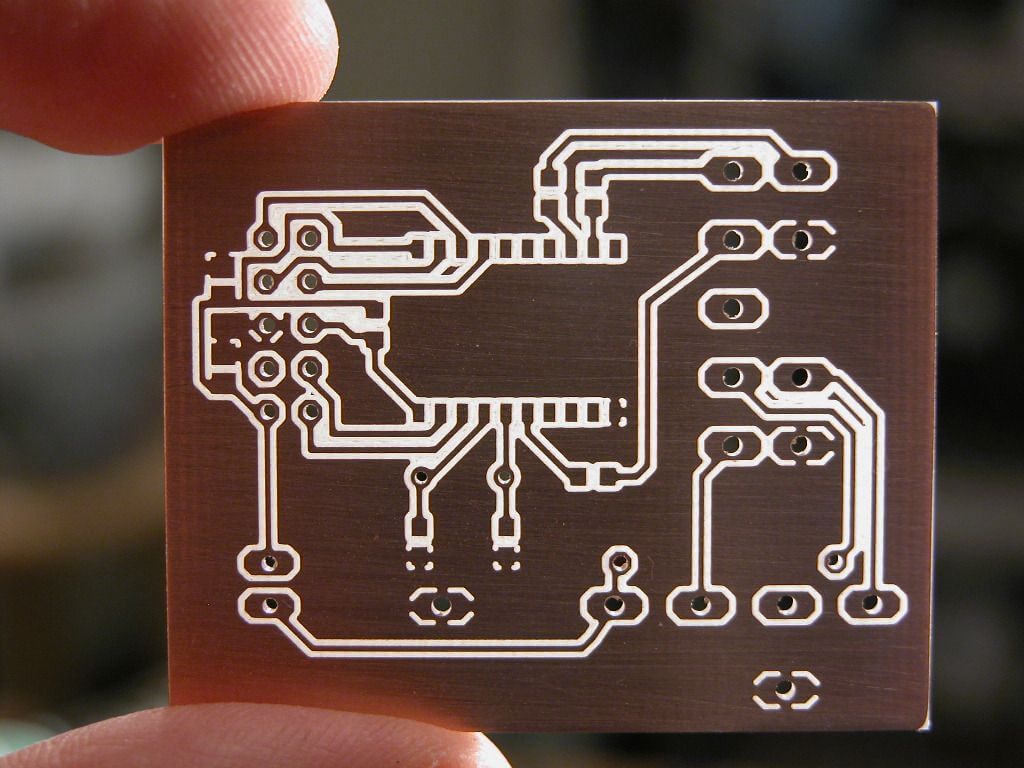The electronics industry is one of the largest and most powerful industries in the world, and many of its products — from professional high-tech equipment to consumer electronics — are made with CNC machined parts.
Machined components for the electronics industry include both plastic and metal parts, and technologies used to produce them include CNC milling machines and CNC turning machines. Precision CNC machining allows for the production of fine-detailed components such as circuit boards, and several machining technologies enable the mass production of components at scale.
This article looks at how the electronics industry uses CNC machining — and how 3ERP can help you successfully bring your electronics prototyping and manufacturing projects to completion.
The electronics industry
Electronics is a huge global industry that encompasses several distinct sectors. The largest of these is business-to-business e-commerce, which includes the ubiquitous payment and telecommunications technology used for transactions between businesses. This sector alone accounted for $29 trillion in sales in 2017.
Other significant sectors of the electronics industry include the tech industry, consumer electronics, the semiconductor industry and power electronics.
Across these sectors of the electronics industry, some of the most widely manufactured components include transistors, capacitors, semiconductors, diodes and circuit chips. Popular products, which consist of many electronic components, include computers, televisions, radios and smartphones.
CNC machining in the electronics industry
The accuracy and versatility of CNC machining makes it a valuable manufacturing technology for the electronics industry. CNC machines are capable of processing conductive and non-conductive metals, as well as a wide range of plastics.
One of the biggest advantages of the technology is speed. CNC machining can be used to produce electronic components within a short timeframe, since there is no tooling stage before production, and the technology does not suffer from the quality limitations associated with additive manufacturing. Designs can also be quickly iterated and amended using CAD software, with little manual operation required once toolpaths have been defined by the computer and/or machinist.
Many electronics manufacturers require tight tolerances for intricate internal components, and CNC machining is often the most suitable technology for meeting such requirements.


